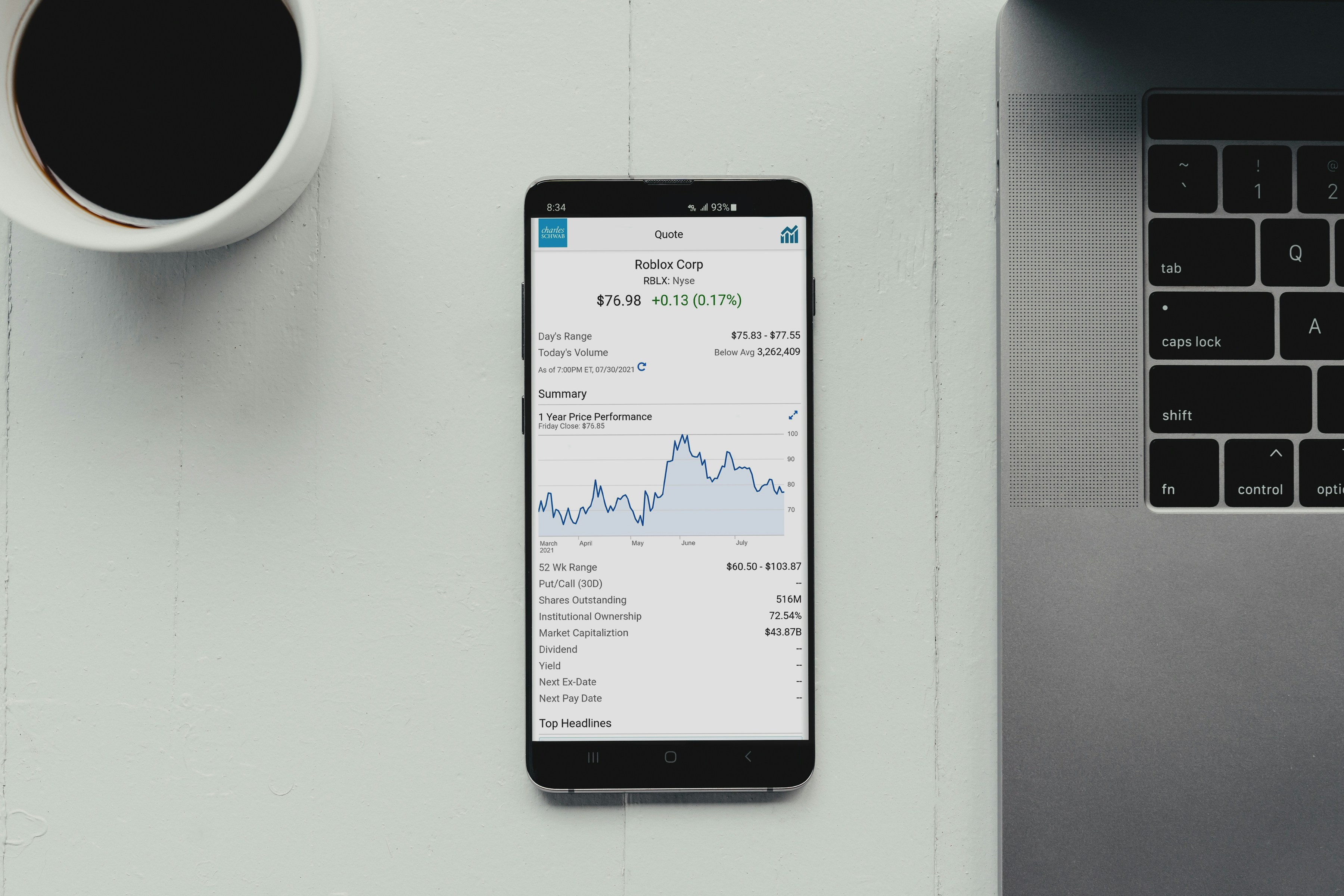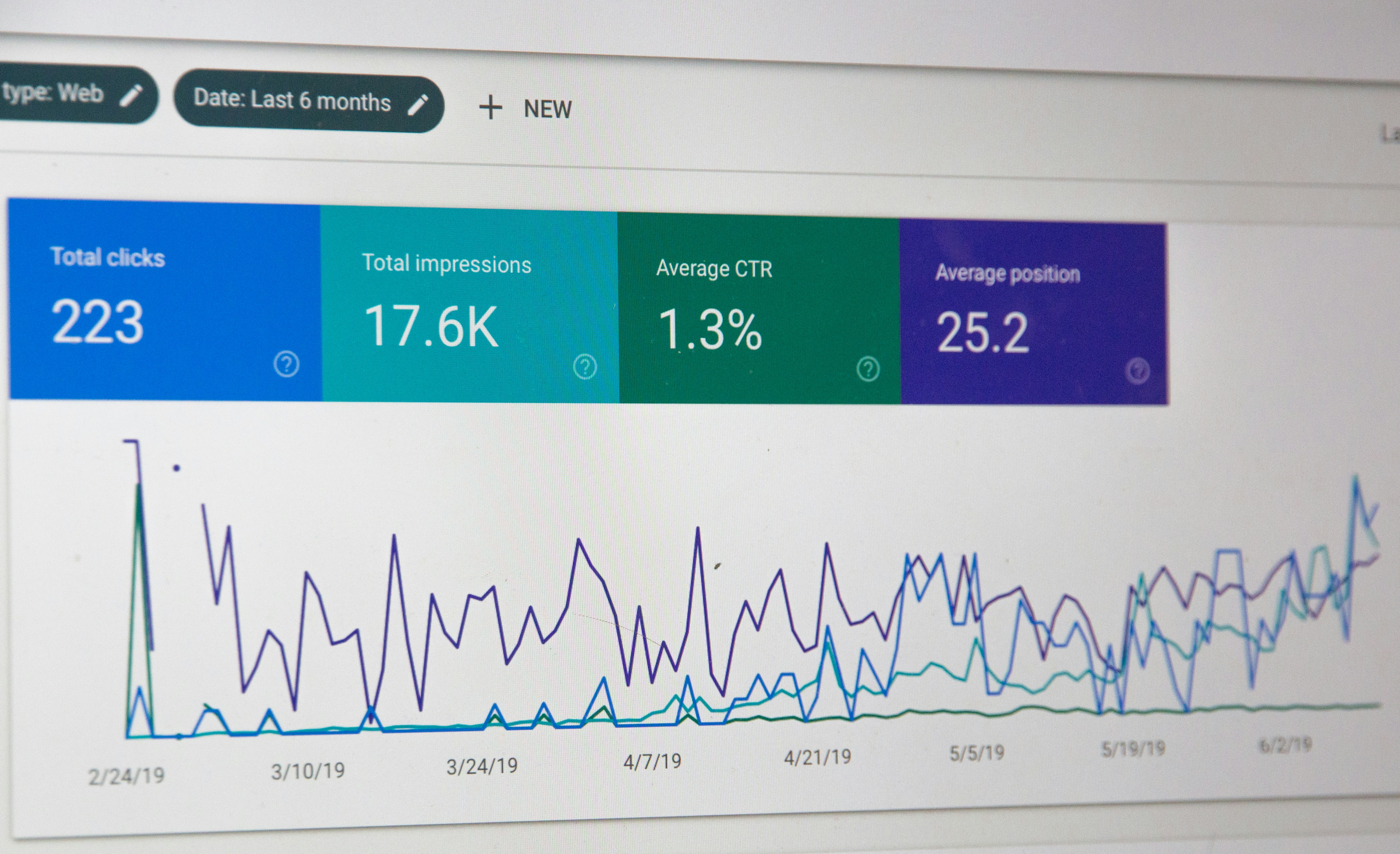Ultimate Guide to Creating an Effective Sales Report
Ultimate Guide to Creating an Effective Sales Report

Sales reports are crucial for businesses to track their performance and make informed decisions. Understanding their importance is essential for any company thriving in a competitive market. These reports offer valuable insights into customer behavior, market trends, and sales team performance, enabling businesses to identify areas for improvement and growth.
Understanding the Importance of Sales Reports
Sales reports provide a comprehensive overview of a company's sales activities, offering valuable data on revenue, customer acquisition, and product performance. By analyzing this information, businesses can better understand their target audience and tailor their strategies accordingly. Moreover, sales reports help identify potential opportunities for expansion and diversification.
Benefits of Reports in Business
While revenue tracking is undeniably important, business reports offer a treasure trove of insights that extend far beyond simple sales figures. They act as a powerful compass, guiding businesses towards informed decision-making, optimized strategies, and ultimately, greater profitability. Here's how comprehensive reports empower businesses to thrive:
- Charting the Course. Sales Forecasting and Target Setting. Sales reports are not merely rearview mirrors. By analyzing historical sales data, businesses can identify trends, predict future performance, and set realistic sales targets. This data-driven approach ensures goals are achievable and fosters a culture of accountability within sales teams.
- Marketing Optimization. Targeting the Right Audience. Reports shed light on which marketing efforts are yielding the greatest returns. Businesses can use this knowledge to fine-tune their marketing strategies, allocate resources effectively, and target the demographics most likely to convert into sales. This laser focus ensures marketing budgets are spent wisely and campaigns resonate with the ideal customer.
- The Voice of the Customer. Enhancing Satisfaction. Invaluable insights about customer behavior and buying patterns can be gleaned from reports. Businesses can leverage this knowledge to identify areas for improvement in products, services, or customer support. By addressing customer needs and pain points, businesses can foster loyalty, reduce churn, and cultivate a base of satisfied customers who become brand advocates.
- Profitability at the Forefront. Driving Business Growth. Reports equip businesses with the knowledge necessary to make informed decisions that directly impact profitability. By analyzing cost structures, identifying areas of waste, and optimizing pricing strategies based on market trends, businesses can maximize their profit margins and achieve sustainable growth.
- Transparency and Communication. A Unified Front. Reports serve as a common language, fostering clear communication and transparency within organizations. By presenting data in a clear and concise format, reports keep all departments informed about the company's overall performance. This collaborative approach ensures everyone is working towards the same goals and allows for timely adjustments to be made when necessary.
In essence, business reports are not just about numbers; they are about harnessing the power of data to illuminate the path to success. By leveraging these valuable insights, businesses can navigate a competitive landscape, make informed decisions, and achieve their strategic objectives.
The Purpose of Sales Reports
The primary purpose of sales reports is to provide actionable insights that enable businesses to make informed decisions. Whether identifying underperforming products or evaluating the effectiveness of promotional campaigns, these reports serve as a compass for steering the company toward success. Furthermore, they help monitor progress toward set goals and ensure alignment with overall business objectives.
How to Create a Sales Report

Creating a sales report is essential for tracking your business's performance and making informed decisions. When making a sales report, choosing the right metrics that align with your business goals and objectives is crucial. These metrics could include total revenue, number of leads generated, conversion rates, and customer acquisition costs. Selecting the most relevant metrics ensures that your sales report provides valuable insights into your business's performance.
Choosing the Right Metrics
To make sales report, it's essential to carefully consider which metrics will provide the most meaningful information for your business. For example, if you're focused on increasing revenue, you may want to track metrics related to sales growth and average deal size. On the other hand, if you aim to improve customer retention, metrics such as churn rate and lifetime value would be more pertinent. Choosing the right metrics for your specific business objectives ensures that your sales report provides actionable insights that drive growth.
Designing the Layout
The layout of your sales report plays a significant role in its effectiveness. A well-designed layout should be clear and easy to understand, allowing stakeholders to grasp critical insights without quickly getting lost in unnecessary details. Consider using visual elements such as charts and graphs to present data visually appealingly. Additionally, organizing information into sections with clear headings can help readers navigate the report more efficiently.
Implementing a Sales Reporting System
Implementing a sales reporting system is crucial for maintaining consistency and accuracy in generating reports over time. This system could involve using specific software or tools designed for creating sales reports or establishing standardized procedures for collecting and analyzing data within your organization. By implementing a structured reporting system, you can streamline the process of creating reports and ensure that they are produced regularly.
Now that we've covered choosing the right metrics, designing a practical layout, and implementing a reporting system, let's analyze sales data in our next section.
Analyzing Sales Data
Sales reports are essential for identifying trends and patterns within your business. Analyzing the data, you can spot seasonal fluctuations, product performance, and customer buying behaviors. This insight enables you to make informed decisions and adjust your strategies to capitalize on emerging trends and patterns.
Identifying Trends and Patterns
When creating a sales report, it's crucial to highlight recurring trends or patterns from the data. For example, sales could spike during certain months or decline in specific product categories. By identifying these trends, you can proactively plan your inventory, marketing campaigns, and sales strategies to maximize opportunities and mitigate risks.
Evaluating Performance
Another critical aspect of analyzing sales data is evaluating the performance of your sales team and individual products. A well-crafted sales report should provide insights into which products are top performers and which may need additional support or marketing efforts. Similarly, it should highlight the effectiveness of your sales team in meeting targets and closing deals.
Making Strategic Decisions Based on Data
Ultimately, the purpose of analyzing sales data is to make strategic decisions based on the insights gained from the reports. Whether adjusting pricing strategies, targeting specific customer segments, or reallocating resources based on product performance, leveraging data-driven decision-making can significantly impact your business's bottom line.
By effectively analyzing your sales data through comprehensive reports, you can gain valuable insights that drive business growth while adapting to changing market conditions.
Communicating Findings Effectively
When presenting the sales report, providing a clear and concise overview of the data is essential. Use visual aids such as charts and graphs to help stakeholders easily understand the information. Highlight key findings and trends to draw attention to important insights that can guide decision-making.
Presenting the Report
To effectively present the sales report, consider using a storytelling approach to connect with your audience. Start by providing context for the data, then logically walk through the key points. Use visuals sparingly but strategically, and be prepared to dive deeper into specific areas if requested.
Sharing Insights with Stakeholders
After creating the sales report, engaging with stakeholders to discuss the findings is crucial. Encourage open dialogue and feedback from team members, managers, and other relevant parties. This collaborative approach can provide valuable insights and foster a shared understanding of the data.
Using Visualizations to Convey Information
Visualizations are powerful tools for conveying complex information in an easily digestible format. Use various charts, graphs, and infographics within your sales report to visually represent trends, patterns, and performance metrics. This will enhance comprehension and make the data more engaging for stakeholders.
By incorporating these communication strategies into your sales reporting process, you can effectively convey insights from the data while engaging stakeholders in meaningful discussions about business performance.
Incorporating Automation and Technology

In today's fast-paced business environment, incorporating automation and technology into sales reporting processes is crucial for staying competitive. Businesses can streamline the reporting process by automating repetitive tasks, saving time and resources. Advanced software and tools can help generate accurate and insightful sales reports, providing valuable data for decision-making. Moreover, harnessing the power of data analytics allows businesses to gain deeper insights into their sales performance, enabling them to make informed strategic decisions.
Streamlining the Reporting Process
Streamlining the reporting process involves leveraging technology to automate data collection, analysis, and report generation tasks. This reduces the risk of human error and frees up valuable time for sales teams to focus on core activities such as selling and relationship-building. With streamlined reporting processes, businesses can ensure that sales reports are produced efficiently and consistently, providing a clear picture of their performance.
Utilizing Software and Tools
Utilizing specialized software and tools designed for sales reporting can greatly enhance the quality of the reports. These tools often come with features that allow for the customization of reports based on specific metrics or KPIs relevant to the business. They also enable real-time tracking of sales data, giving businesses instant access to critical information that can influence their decision-making process.
Harnessing the Power of Data Analytics
Harnessing the power of data analytics is essential for deriving meaningful insights from sales reports. By utilizing advanced analytics tools, businesses can identify trends, patterns, and correlations within their sales data that may not be immediately apparent through traditional methods. This enables them to make more accurate forecasts, evaluate performance more effectively, and ultimately drive strategic growth initiatives based on solid data-driven evidence.
Integrating automation and technology into your sales reporting processes is not just about keeping up with trends—it's about leveraging these advancements to gain a competitive edge in today's dynamic business landscape!
Strikingly Features for Sales Reporting

Strikingly Landing Page
While Strikingly isn't a dedicated sales reporting software, its website building features can be surprisingly helpful in creating clear and insightful sales reports. Here's how Strikingly can be your secret weapon for crafting impactful sales reports:
Harnessing the Power of Data Visualization

Strikingly Analytics Dashboard
- Effortless Integration. It seamlessly integrates with popular analytics tools like Google Analytics, allowing you to easily embed charts, graphs, and other visual representations directly into your reports.
- Data Presentation Made Easy. Transform raw sales data into compelling visuals. Strikingly's website builder lets you customize layouts and choose from various chart types to present information that's easy to understand and interpret.
- Focus on Key Metrics. Use visuals to highlight key sales metrics, such as conversion rates, top-selling products, and traffic sources. This will allow you and your team to quickly identify trends and areas for improvement.
Streamlining the Reporting Process

- Centralized Information Hub. Create a dedicated page on your Strikingly website specifically for sales reports. This provides a central location to house all your reports, accessible by authorized team members.
- Real-Time Data at Your Fingertips. Embed live data feeds from your analytics tools. This allows you and your team to stay up-to-date on the latest sales performance without constantly downloading or exporting reports.
- Collaboration Made Simple. Utilize Strikingly's commenting feature to facilitate discussions and feedback on your reports within the platform. This fosters team communication and ensures everyone is on the same page.
Crafting Actionable Insights

- Interactive Reports (Optional). Consider using Strikingly's form builder to create interactive elements within your reports. Allow viewers to filter data based on specific criteria or drill down into specific product categories for a deeper analysis.
- Clear Calls to Action. Don't just present data; use your reports to spark action. Include clear calls to action that encourage team members to implement strategies based on the insights gleaned from the data.
Strikingly: A Cost-Effective Reporting Solution
While robust sales reporting software can be expensive, Strikingly offers a cost-effective alternative. By leveraging its website-building features and integration capabilities, you can create clear, visually appealing, and actionable sales reports that empower your team to make data-driven decisions and optimize your sales strategy.
Remember. Strikingly is best suited for creating clear and informative reports for internal teams or stakeholders who already possess some sales knowledge. Dedicated sales reporting software might be a better solution for highly complex reports with advanced data manipulation needs.
With these powerful features, Strikingly equips businesses with the tools to create, analyze, and communicate impactful sales reports that drive growth and success.
Empower Your Business with Effective Sales Reports

Sales reports are vital for businesses to track their performance and make informed decisions. By effectively leveraging data, companies can empower themselves with valuable insights that drive growth and success. Mastering the art of sales reporting is essential in today's competitive market, as it allows businesses to stay ahead of the curve and adapt to changing trends.
Creating and analyzing sales reports can empower your business by providing valuable information about customer behavior, market trends, and revenue streams. By understanding the importance of sales reports, you can make strategic decisions that drive profitability and sustainable growth.
Leveraging Data for Growth and Success
Reports have numerous benefits in business. They provide a clear picture of your company's performance, identify areas for improvement, and help you set realistic goals. With a well-designed sales reporting system, you can harness the power of data to optimize your sales strategies and achieve long-term success.
Mastering the Art of Sales Reporting
Learning to create a sales report involves choosing the right metrics, designing a practical layout, and implementing automation and technology where possible. By communicating findings effectively and utilizing visualizations to convey information, you can ensure that stakeholders understand the insights provided by your reports.
